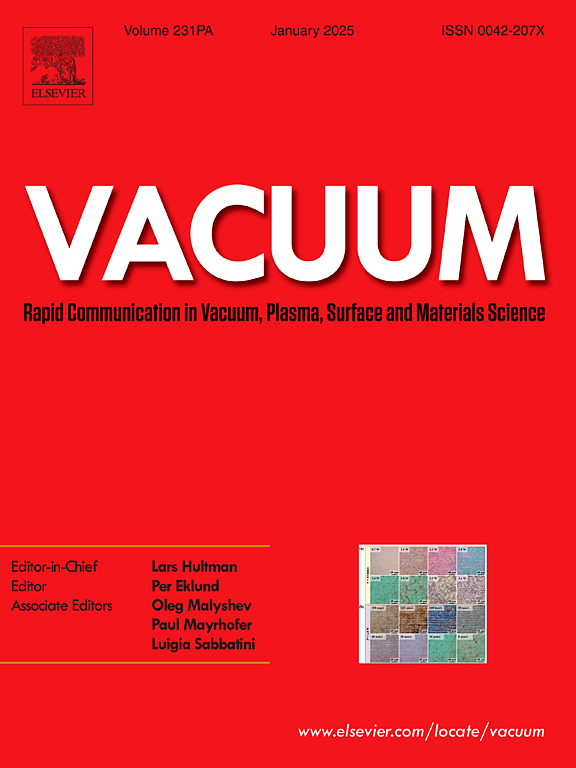Microstructural evolution and mechanical properties in rapid sintered Ti5Si3/Ti matrix composites with varying Si additions
IF 3.8
2区 材料科学
Q2 MATERIALS SCIENCE, MULTIDISCIPLINARY
引用次数: 0
Abstract
Titanium matrix composites with varying Si additions were rapidly fabricated via spark plasma sintering, in-situ Ti5Si3 particles were synthesized through a rapid sintering reaction between Ti and Si powders. The Ti5Si3 particles were uniformly distributed within the Ti matrix of each sintered composite. As the Si content in the initial mixture increased, the size and quantity of the Ti5Si3 particles grew significantly. In composites with lower Si content, in-situ Ti5Si3 particles predominantly formed elongated rods, along with some coarse polygonal particles. With a further increase in Si content, Ti5Si3 particles primarily took on polygonal shapes. When the Si content reached 5.0 wt%, Ti5Si3 particles tended to transition into near-equiaxed structures. The semicoherent interface is formed between Ti and Ti5Si3 phases, which greatly preserves the plastic deformation ability, even with a significant increase in yield strength as the silicon content increases to 5 %. The evolution of in-situ Ti5Si3 and its corresponding mechanical effect were discussed.
求助全文
约1分钟内获得全文
求助全文
来源期刊

Vacuum
工程技术-材料科学:综合
CiteScore
6.80
自引率
17.50%
发文量
0
审稿时长
34 days
期刊介绍:
Vacuum is an international rapid publications journal with a focus on short communication. All papers are peer-reviewed, with the review process for short communication geared towards very fast turnaround times. The journal also published full research papers, thematic issues and selected papers from leading conferences.
A report in Vacuum should represent a major advance in an area that involves a controlled environment at pressures of one atmosphere or below.
The scope of the journal includes:
1. Vacuum; original developments in vacuum pumping and instrumentation, vacuum measurement, vacuum gas dynamics, gas-surface interactions, surface treatment for UHV applications and low outgassing, vacuum melting, sintering, and vacuum metrology. Technology and solutions for large-scale facilities (e.g., particle accelerators and fusion devices). New instrumentation ( e.g., detectors and electron microscopes).
2. Plasma science; advances in PVD, CVD, plasma-assisted CVD, ion sources, deposition processes and analysis.
3. Surface science; surface engineering, surface chemistry, surface analysis, crystal growth, ion-surface interactions and etching, nanometer-scale processing, surface modification.
4. Materials science; novel functional or structural materials. Metals, ceramics, and polymers. Experiments, simulations, and modelling for understanding structure-property relationships. Thin films and coatings. Nanostructures and ion implantation.
 求助内容:
求助内容: 应助结果提醒方式:
应助结果提醒方式:


